Home>Gardening & Outdoor>Landscaping Ideas>Why Are Wasps In My Grass
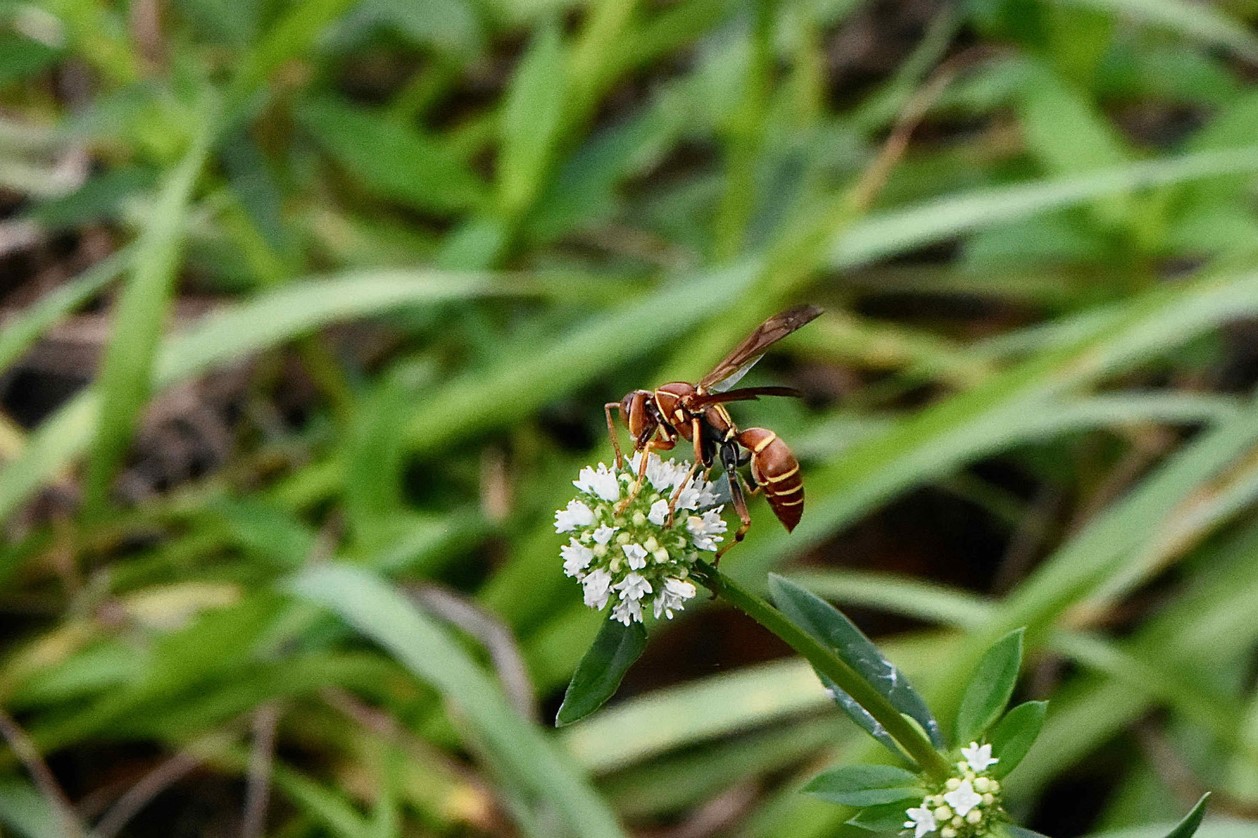

Landscaping Ideas
Why Are Wasps In My Grass
Published: January 29, 2024
Discover effective landscaping ideas to prevent and remove wasps from your grass. Learn how to create a wasp-free outdoor space with our expert tips.
(Many of the links in this article redirect to a specific reviewed product. Your purchase of these products through affiliate links helps to generate commission for Storables.com, at no extra cost. Learn more)
Introduction
The Buzz About Wasps in Your Grass
Picture this: you're strolling barefoot across your lush green lawn, enjoying the gentle caress of the grass beneath your feet, when suddenly you spot a few wasps darting in and out of the blades. Your initial reaction might be one of concern or even alarm, but fear not – these buzzing insects play a crucial role in the ecosystem of your lawn. In this article, we'll delve into the world of wasps in your grass, exploring their significance, reasons for their presence, and ways to either attract or repel them. By gaining a deeper understanding of these fascinating creatures, you'll be better equipped to coexist harmoniously with them in your outdoor sanctuary. So, let's embark on a journey to uncover the mysteries of wasps in your grass and learn to appreciate their place in your natural landscape.
The Role of Wasps in Grass
Key Takeaways:
- Wasps are actually helpful in your lawn! They control pests and pollinate flowers, making your grass healthier and more beautiful.
- You can attract or repel wasps in your grass by planting certain flowers or avoiding sweet scents. It’s all about creating a balanced environment for these buzzing insects.
Read more: Why Do Wasps Like Fresh Cut Grass
Nature’s Unsung Heroes: How Wasps Benefit Your Lawn
Wasps, often misunderstood and unfairly maligned, are actually valuable contributors to the health and balance of your grassy domain. These industrious insects serve as natural pest controllers, preying on a variety of garden pests that can wreak havoc on your lawn. From feasting on caterpillars and beetle larvae to targeting aphids and other small insects, wasps act as a natural form of pest management, helping to keep your grass free from destructive critters.
Furthermore, certain species of wasps are essential pollinators, playing a pivotal role in the reproductive cycle of flowering plants in your lawn. As they flit from bloom to bloom in search of nectar, they inadvertently transfer pollen, facilitating the fertilization process and promoting the growth of vibrant, healthy vegetation.
Additionally, the presence of wasps in your grass signifies a flourishing ecosystem, indicating that your outdoor space provides a hospitable environment for a diverse array of wildlife. By fostering a balanced and thriving habitat, you not only support the well-being of these beneficial insects but also contribute to the overall ecological harmony of your lawn.
Reasons for Wasps in Grass
Unveiling the Factors Behind Wasp Activity in Your Lawn
Curiosity may lead you to wonder why these buzzing insects have chosen to take up residence in your grassy haven. There are several plausible reasons for the presence of wasps in your lawn, each offering insight into the intricate dynamics of your outdoor environment.
- Abundant Food Sources: Your lawn may be teeming with an abundance of insects, such as caterpillars, grubs, and aphids, which serve as delectable meals for foraging wasps. The presence of these prey species can attract wasps to your grass as they seek out nourishment for themselves and their young.
- Shelter and Nesting Sites: The sprawling expanse of your grass provides ample opportunities for wasps to establish nests and seek shelter. Whether in the form of underground burrows, hollow plant stems, or secluded patches of soil, your lawn offers a hospitable environment for wasps to build their nests and rear their offspring.
- Flowering Plants: If your lawn boasts an array of blooming flowers, it may serve as a magnet for nectar-seeking wasps. These industrious pollinators are drawn to the floral abundance, utilizing the nectar as a vital energy source and inadvertently aiding in the pollination of the plants.
- Environmental Conditions: The overall environmental conditions of your lawn, including temperature, humidity, and the availability of water, can influence the presence of wasps. Certain species of wasps may be particularly attracted to specific environmental cues, prompting them to frequent your grassy terrain.
Understanding the reasons behind the presence of wasps in your grass empowers you to appreciate the interconnectedness of the natural world and the diverse factors that contribute to the thriving biodiversity within your outdoor space.
Attracting and Repelling Wasps in Grass
To prevent wasps in your grass, keep your lawn well-maintained, avoid leaving food or drinks outside, and consider planting insect-repelling plants like mint or eucalyptus.
Balancing Act: Nurturing a Wasp-Friendly Environment
Whether you seek to welcome these beneficial insects or deter their presence in your grass, there are various strategies for both attracting and repelling wasps. By understanding the nuances of these approaches, you can effectively manage the dynamics of your lawn to align with your preferences.
- Attracting Wasps: If you appreciate the role of wasps as natural pest controllers and pollinators, you can take deliberate steps to attract them to your lawn. Planting a diverse array of flowering plants, such as lavender, coneflowers, and marigolds, can serve as a floral buffet for nectar-seeking wasps. Additionally, creating habitats conducive to nesting, such as providing patches of bare soil and leaving hollow plant stems intact, can entice wasps to establish their colonies in your grass.
- Repelling Wasps: On the other hand, if you prefer to minimize the presence of wasps in your outdoor space, there are measures you can take to deter them. Avoiding overly fragrant or sweet-smelling perfumes and lotions when spending time in your lawn can help reduce the likelihood of attracting curious wasps. Furthermore, promptly addressing any sources of standing water, such as birdbaths or puddles, can discourage wasps from frequenting your grassy area.
It is important to note that while attracting or repelling wasps, it is essential to do so in a manner that maintains the ecological balance of your lawn and respects the vital role these insects play in the natural ecosystem. Striking a harmonious coexistence with wasps in your grass entails thoughtful consideration of their presence and the impact of your landscaping choices on their habitat.
Conclusion
Embracing the Intricate Tapestry of Nature in Your Lawn
As you gaze upon the verdant expanse of your grass, adorned with the occasional presence of industrious wasps, it becomes evident that your outdoor sanctuary is a vibrant tapestry of interconnected life forms. The buzz of these winged insects, often misconstrued as a source of apprehension, embodies the delicate balance and richness of the natural world within your lawn.
By unraveling the significance of wasps in your grass, you have gained a deeper appreciation for their pivotal role as pest controllers, pollinators, and indicators of a thriving ecosystem. The reasons for their presence – from abundant food sources to favorable nesting sites – offer a glimpse into the intricacies of your lawn's ecological dynamics.
Whether you seek to attract or repel wasps in your grass, your landscaping choices can influence their presence, underscoring the importance of mindful stewardship of your outdoor environment. Creating a welcoming habitat for these beneficial insects or taking measures to minimize their presence reflects your conscientious approach to nurturing a harmonious coexistence with the natural world.
As you continue to tend to your lawn, treading barefoot upon the resilient blades of grass, may you embrace the subtle hum of the wasps as a testament to the thriving biodiversity that enriches your outdoor haven. With a newfound understanding of the role of wasps in your grass, you are poised to cultivate a landscape that not only flourishes aesthetically but also thrives as a sanctuary for diverse forms of life.
Frequently Asked Questions about Why Are Wasps In My Grass
Was this page helpful?
At Storables.com, we guarantee accurate and reliable information. Our content, validated by Expert Board Contributors, is crafted following stringent Editorial Policies. We're committed to providing you with well-researched, expert-backed insights for all your informational needs.
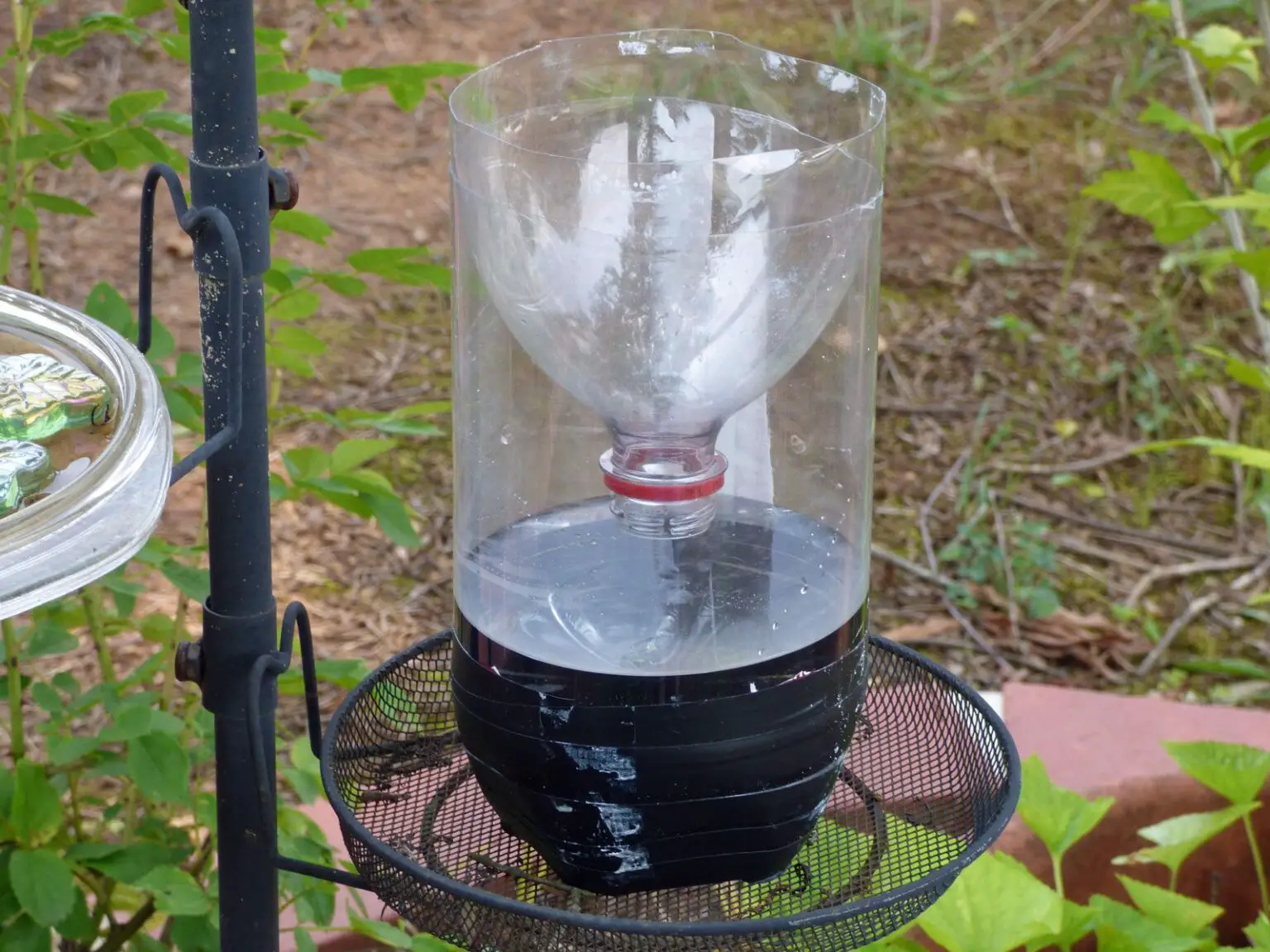
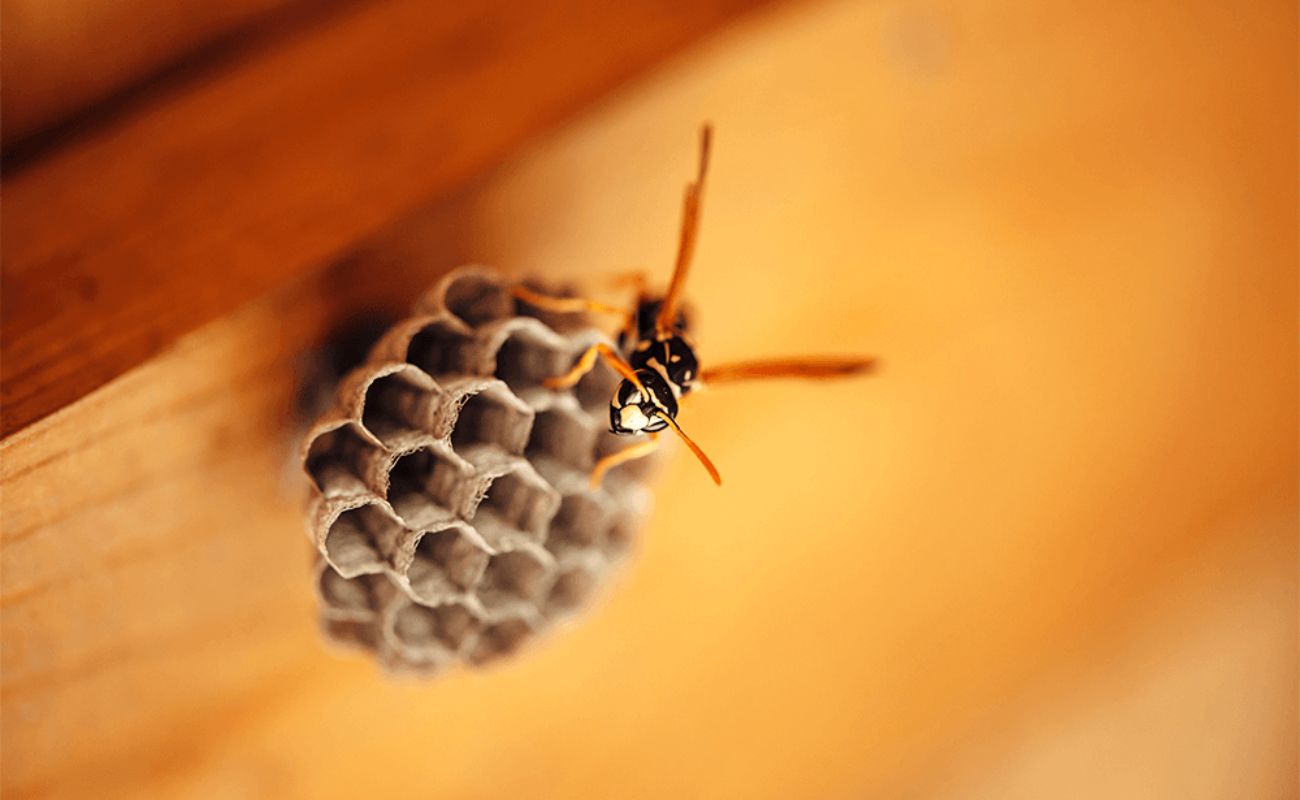
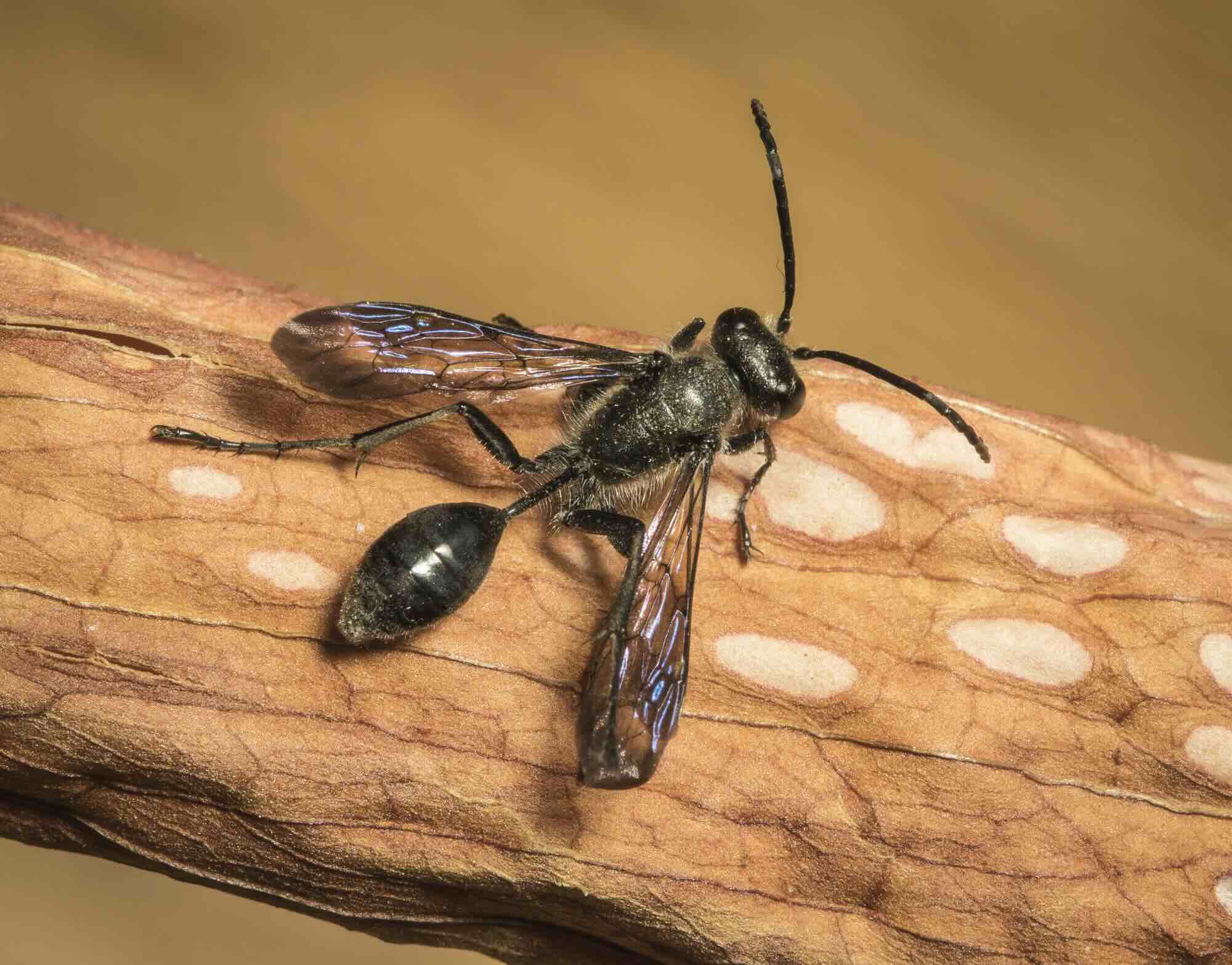
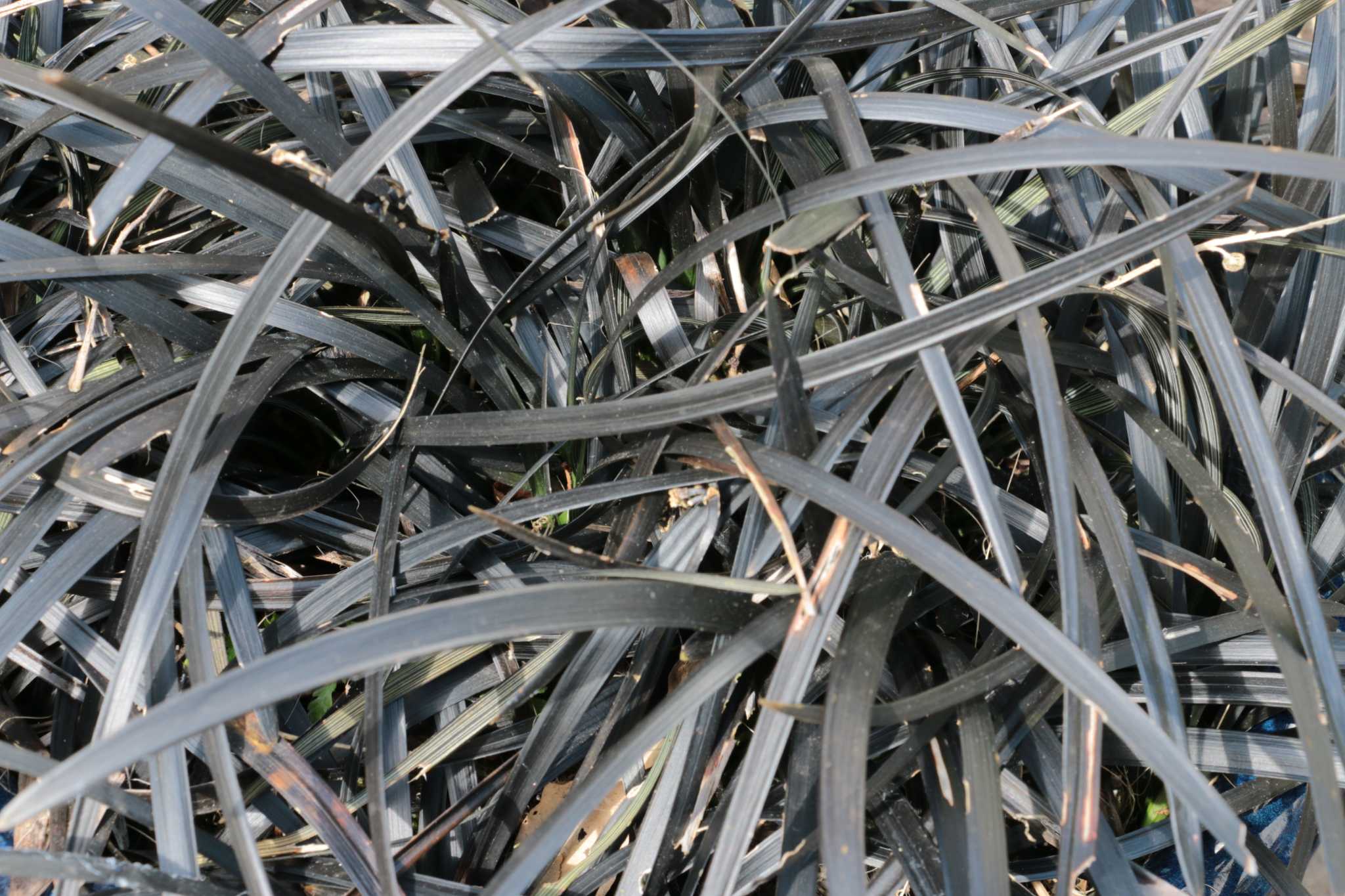

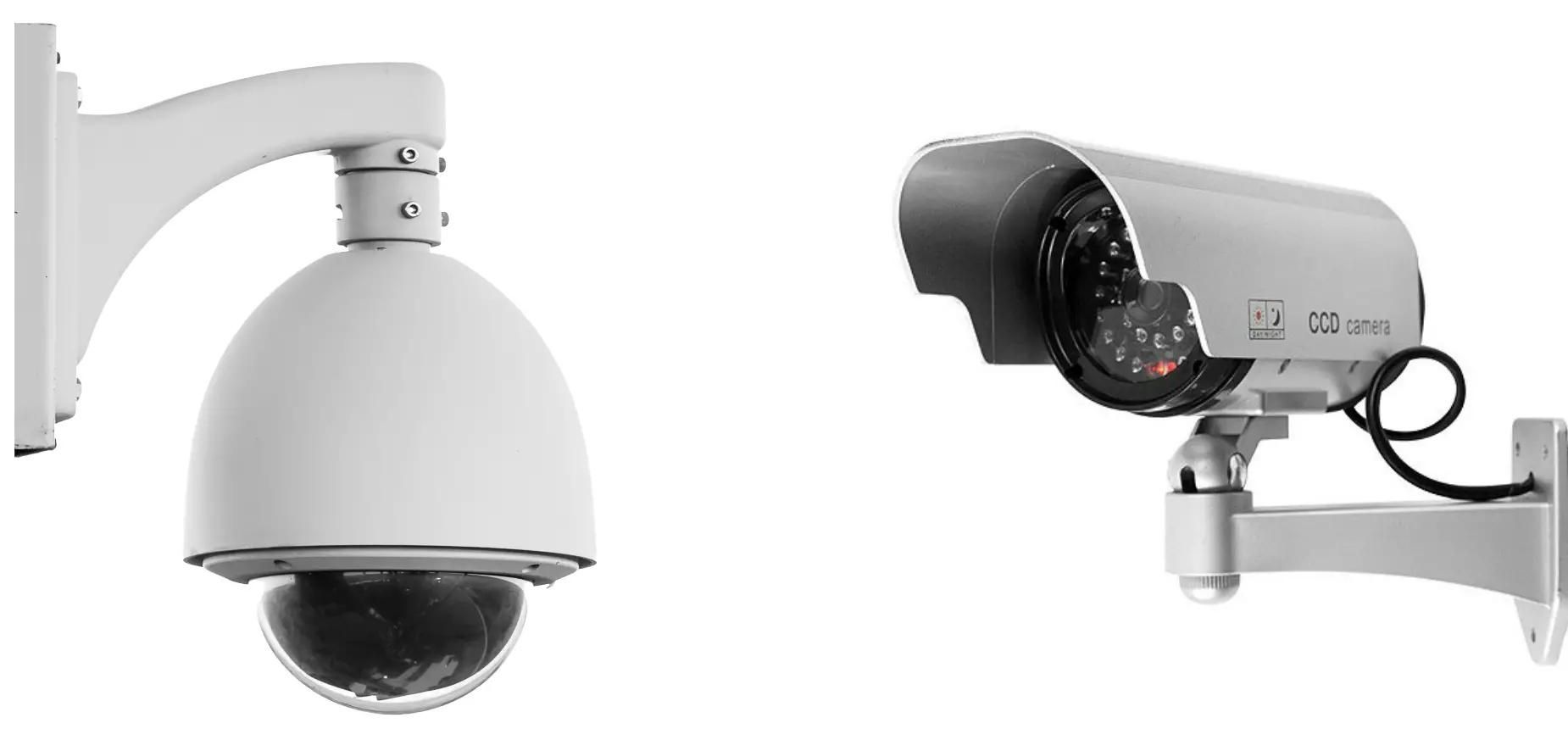
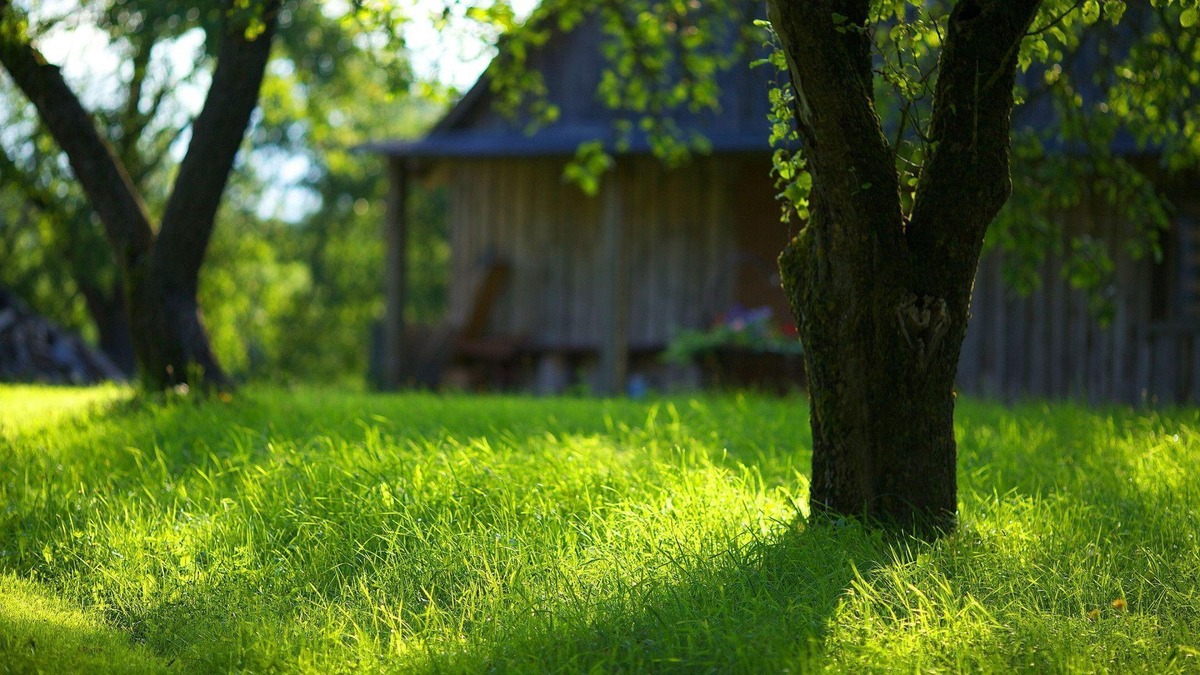
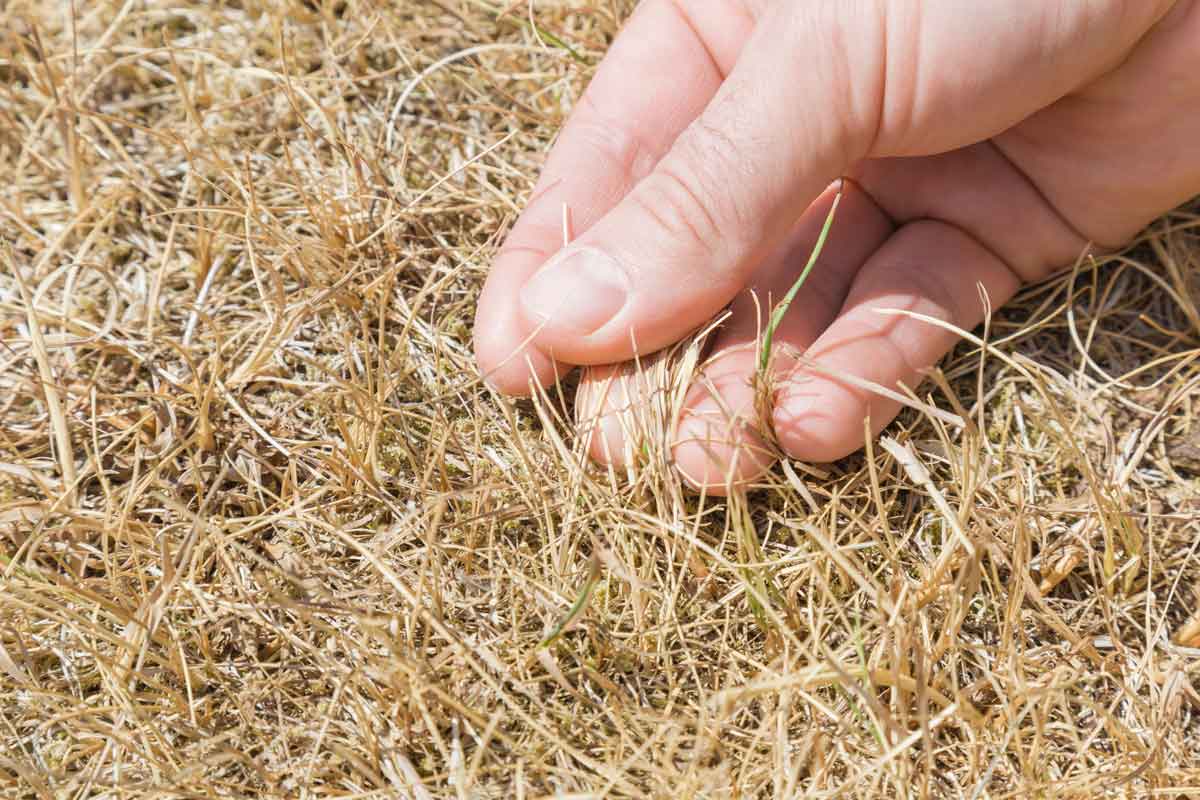
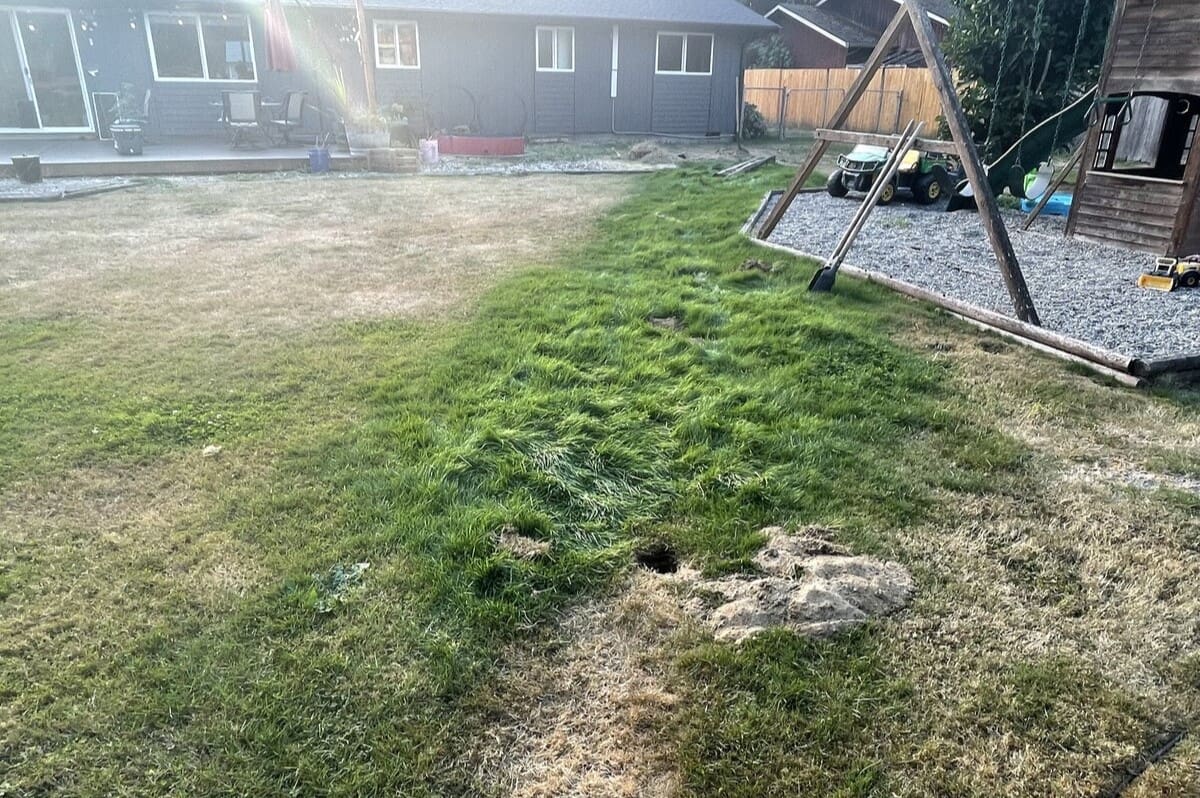
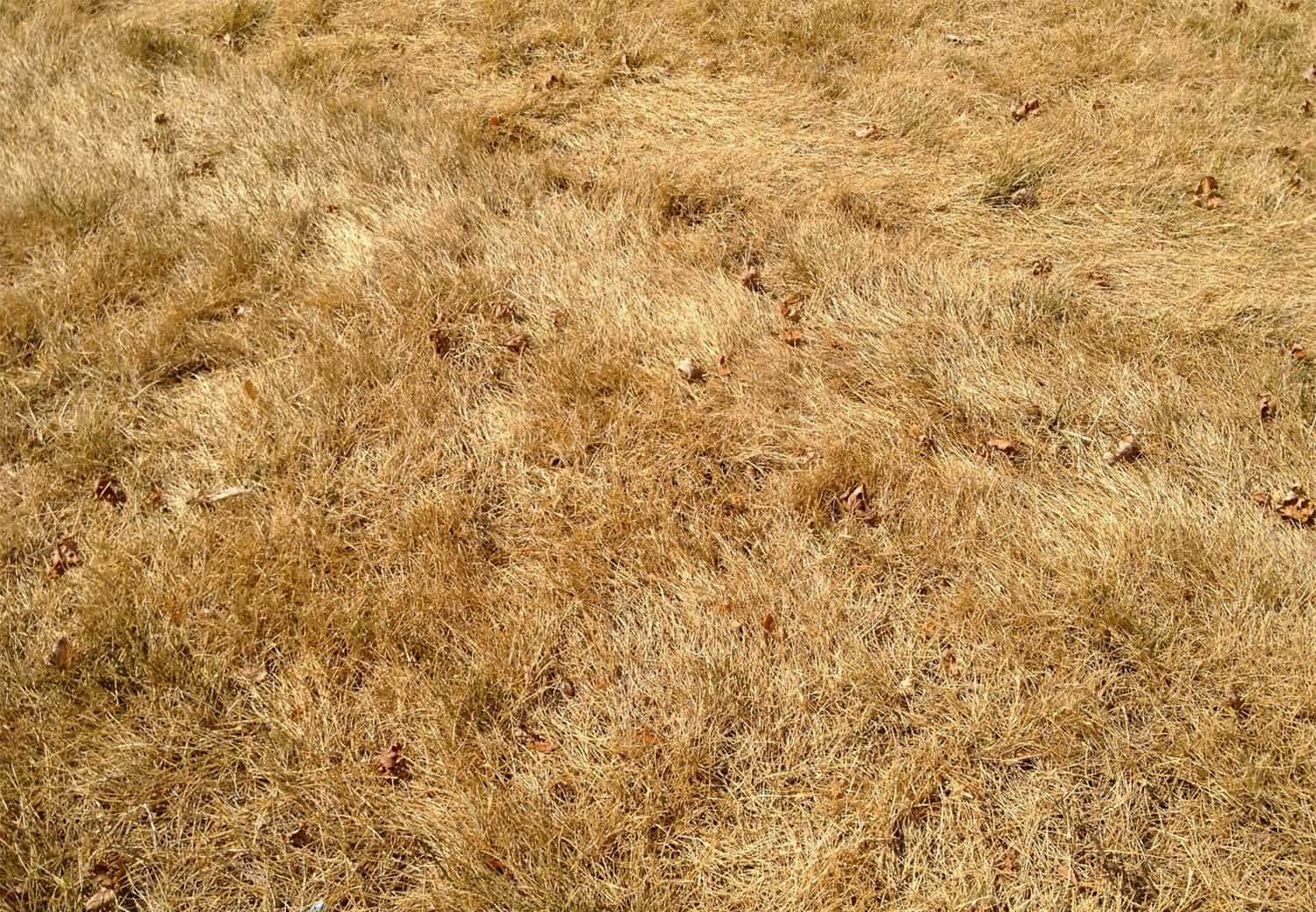
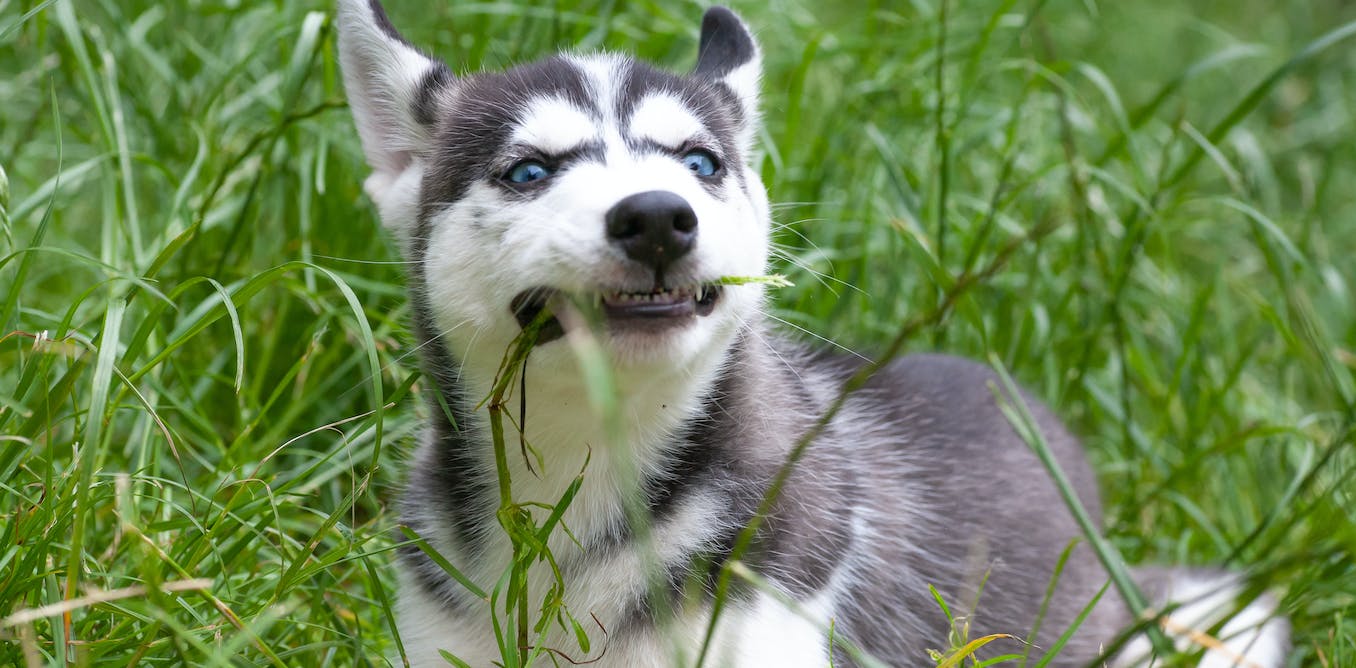
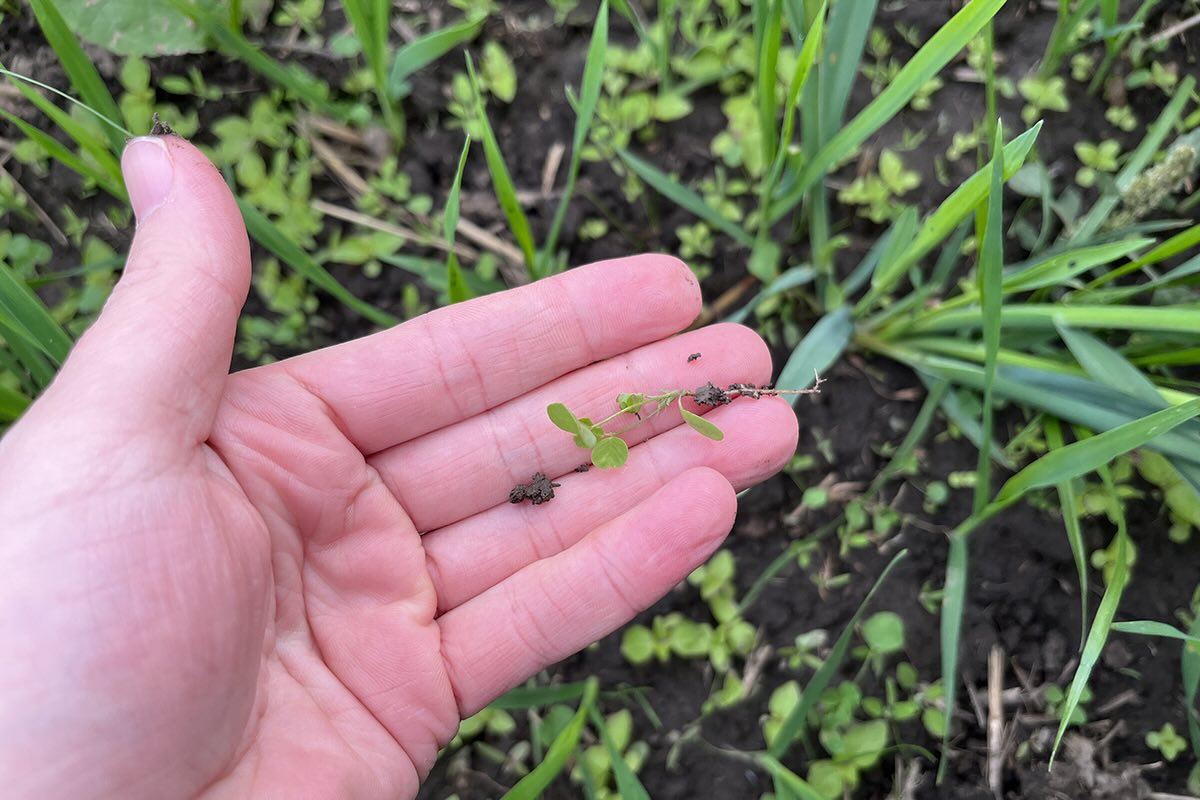
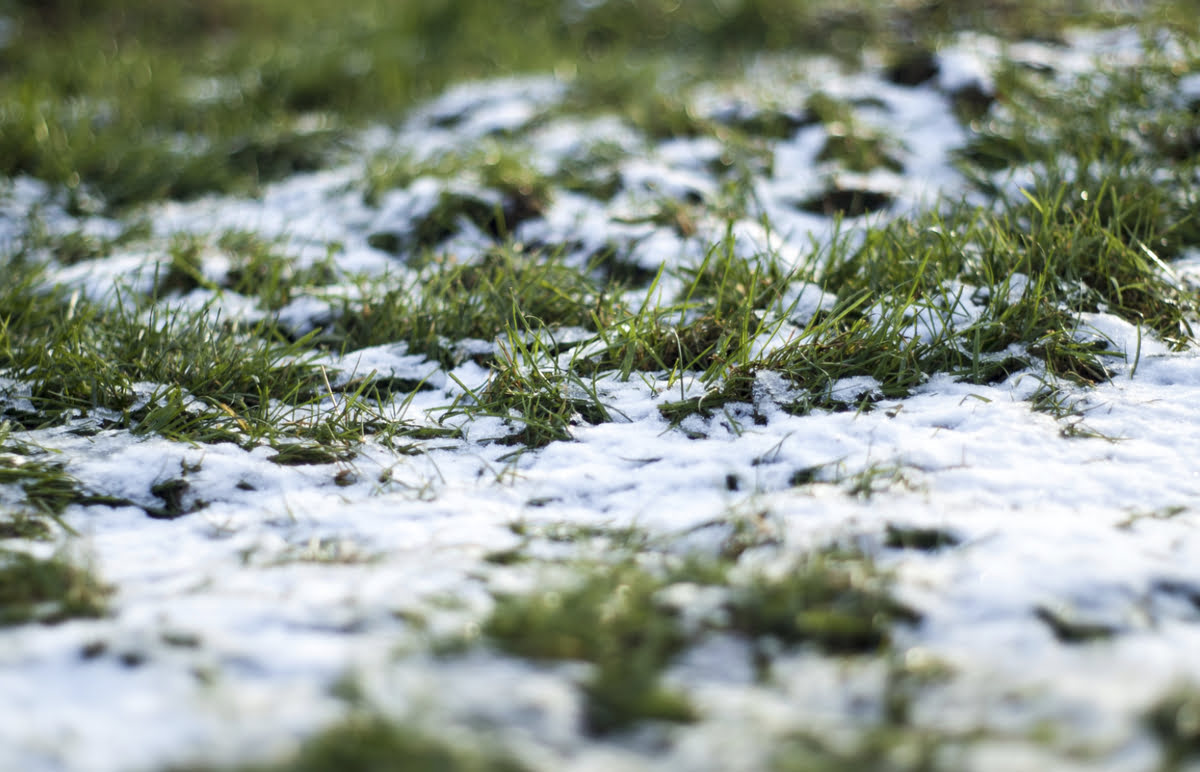
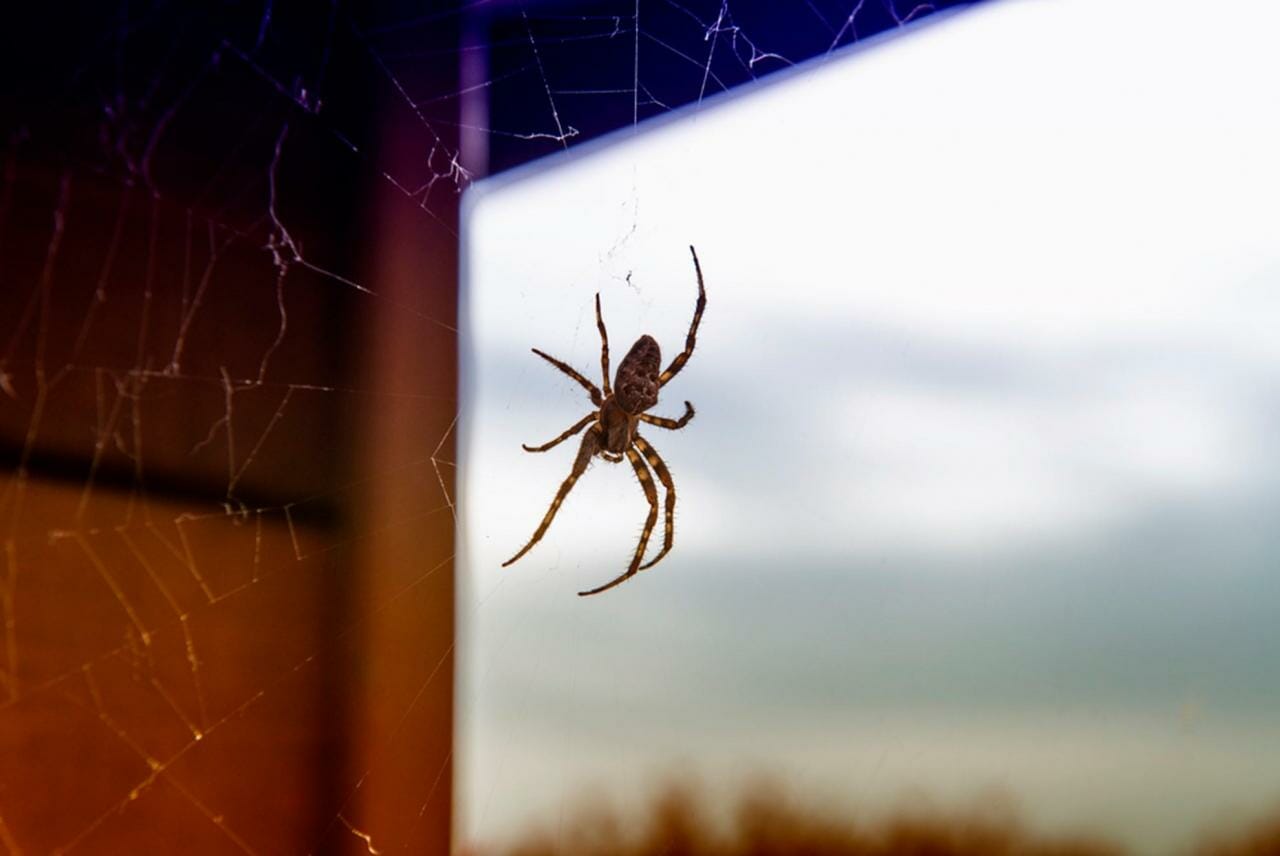
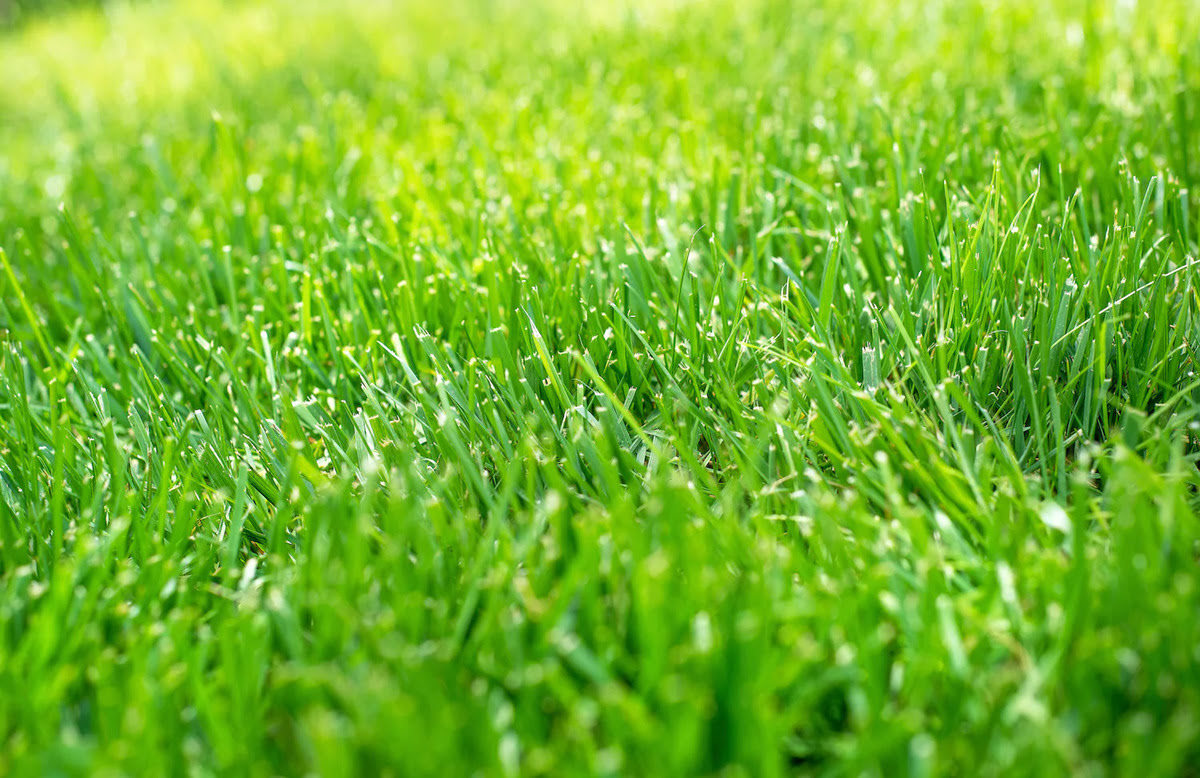

0 thoughts on “Why Are Wasps In My Grass”